Not So ‘Brand New’ Cherry Flavor
The fun tricks used in the production design and lighting read extremely well on-screen but hardly fulfill their purpose of trying to inject glamour into a lack-luster story with nothing to say.
Incluvie Foundation Gala - Learn More
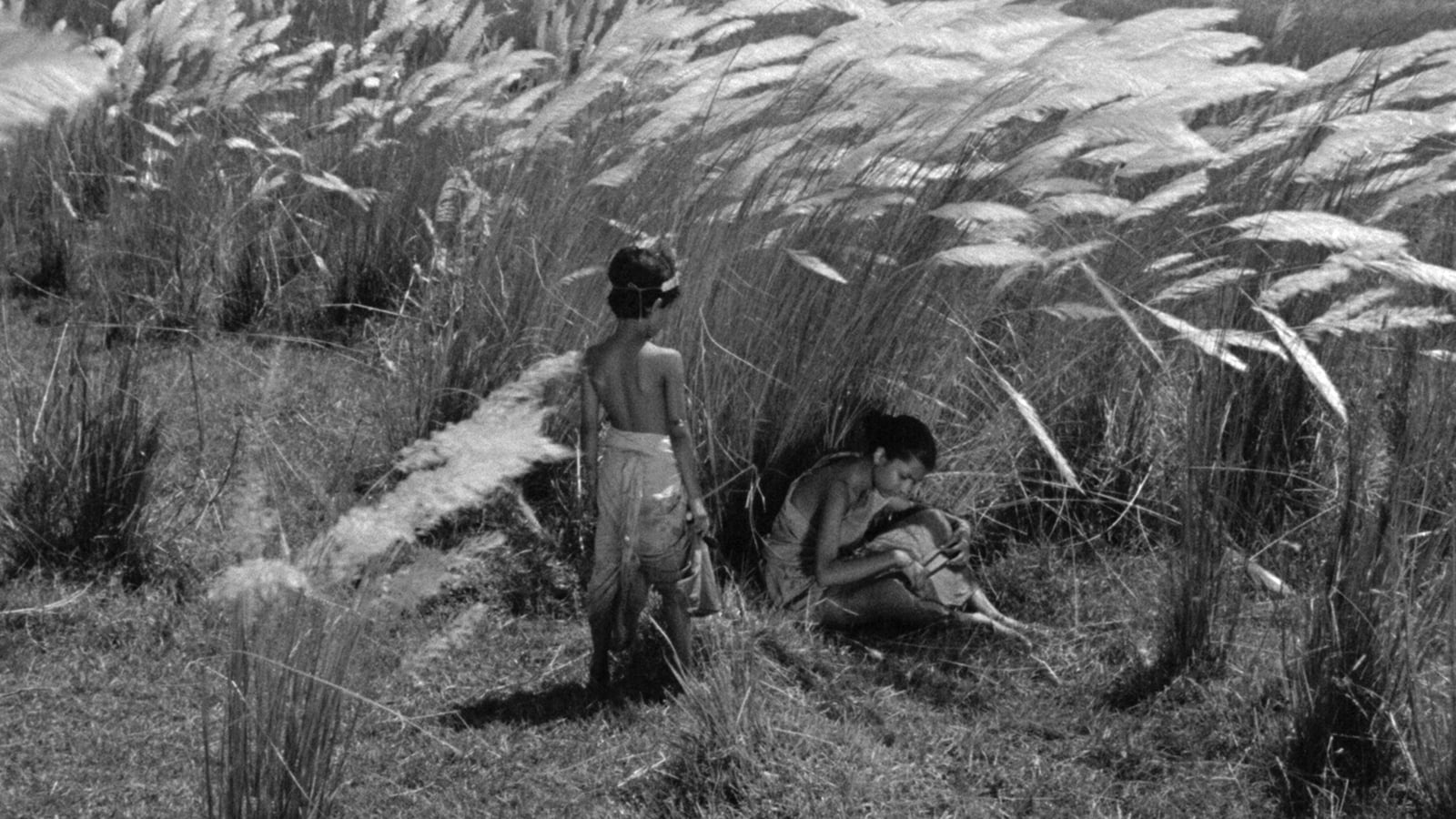

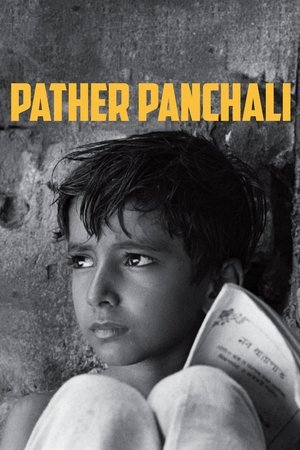


Lara Croft: Tomb Raider (2001) is one of my favorite Angelina Jolie films and action heroine films. However, the movie has received some negative reception regarding the frequent male gazes of Jolie's body. While the camera is objectifying her body to invoke a sexual response in male viewers, Lara Croft still defies the expectations of women in action films. First, I would like to compare what I’ve read in Jeffery A. Brown's: Gender and the Action Hero to the film. Brown mentioned that, the hardbody of a woman doesn’t always have to be a sexual appeal to the male spectator, which I agree with. In the opening scene, we see shots of Lara’s thighs strapped with her USP guns. While some may assume her thigh close-ups are meant to be sexually appealing--and I’m not saying they’re not--these close-ups are not just of her thighs, but of her guns. There are many close-ups of Lara accompanied by her guns. These shots serve as a reminder that Lara is not a passive tomb raider--she’s an active one. The opening scene also emphasizes that Lara’s body is athletic. There’s even a scene of Lara walking down with her guns strapped on her thighs in a manfully way. I don’t think, she walks manfully because the guns strapped on her are too heavy for a woman; rather, it’s realistic that having guns strapped on your legs will carry weight, and she’s not bothered by that because it’s all-natural for her.
In Yvonne Tasker's Spectacular Bodies: Gender, Genre and the Action Cinema, Tasker talks about the vulnerable states that, some women action heroes face. For example, I noticed that, whenever Lara wears white, it shows not only her passive side, but her vulnerability. She wears white, when she visits her father’s gravestone; an emotional moment for her. She wears white after having her dream of her father, and she wears white during her bungee-ballet ambush. My point being is, the audience sees two sides of Lara: her active side whenever she’s fighting the bad guys, and her passive side when she meets her father or there is any mention of her father.
One of the reasons, I love Angelina Jolie as Lara Croft because she’s gun-savvy, and she’s funny. Her humor adds to her bold personality, like when she takes off her towel in front of her butler, and his reaction is that, she should be modest with her body because she’s a lady. She simply responds, “yes, a lady should be modest”. This line interested me because it’s not saying Lara isn’t a woman, but rather, asking the question: who came up with the rule that ladies should be modest? As for her gun-savviness, Lara usually gears herself with two USP guns. The reason I emphasize the types of guns she uses is that, I noticed she never has to reload her guns because--her guns self-load. We are also seeing a change in woman action heroes using guns that are more handled for men, like semi-automatic guns. Notice that, most of her opponents use one gun to fire, and Lara uses two. She doesn’t use two guns because it would give her an advantage as a woman--rather, it would make sense to use two guns because two guns are better than one.
Another aspect I’ve noticed about Lara is her symbolic chastity. I’ve mentioned Lara often wears white, mostly when she’s at her mansion or is in an emotional state regarding her father, but her white outfits can also symbolize Lara as a virtuous heroine. Lara Croft is portrayed as a virtuous heroine because, unlike her male opponents, she is not tempted by lust, power, or greed. For example, we know Lara and Alex have a history, but rather than engaging with Alex sexually, she instead gives him playful banter. We also know that Lara wants the pieces of the triangle/all-seeing-eye, so it doesn’t go into the wrong hands and with the hopes that it would lead to her father, unlike Powell who wants the pieces for ultimate power. At last, we see Lara finally wearing her white dress because in some ways, giving up her chance to save her father for the ultimate good was, like passing a test on her morality. However, the ending clearly shows us that, even though, the writers made Lara have a feminine side, she’s still the badass tomb raider we know from the beginning.
I remember my older cousin asking me who my favorite writer was when I was 9. I had read nothing but course books in the name of literature, but, without any hesitation, I answered him “Satyajit Ray". There was a 2-part short story written by Ray in our English book about a magician and his parrot. Today, I still haven’t seen as many films as I’d like to, but I say, without any hesitation, Satyajit Ray’s Pather Panchali is one of the best films ever made.
Imagine a debutant director, just 8 years after India’s independence, making this film in challenging times. Now, imagine it getting a BAFTA for best picture from the very people that colonized India. Not that BAFTA is a measure of whether a film is good or not, not that Satyajit Ray needs a BAFTA, but the fact that the same people whose only argument of ruling over India for centuries was that it couldn’t function without them, were now acknowledging the art of the country that they left in a (excuse my French) shithole.
Because the film is set in Bengal, I would tell you a story about the British invasion of Bengal that haunted me as a child. Bengal used to be world’s leading exporter of textiles. In order to destroy the textile competition from India, the British started lowering the prices of exported textiles. When even that didn’t work, they started going to every village and destroying handlooms of helpless farmers, and those who dared to repair them were punished by cutting their thumbs off. This was one of the many, countless, innumerable atrocities that the British Raj gifted to India. I might rant about the colonial rule some other time, but not today.

A depiction of the life of an impoverished early twentieth century rural Bengali family.
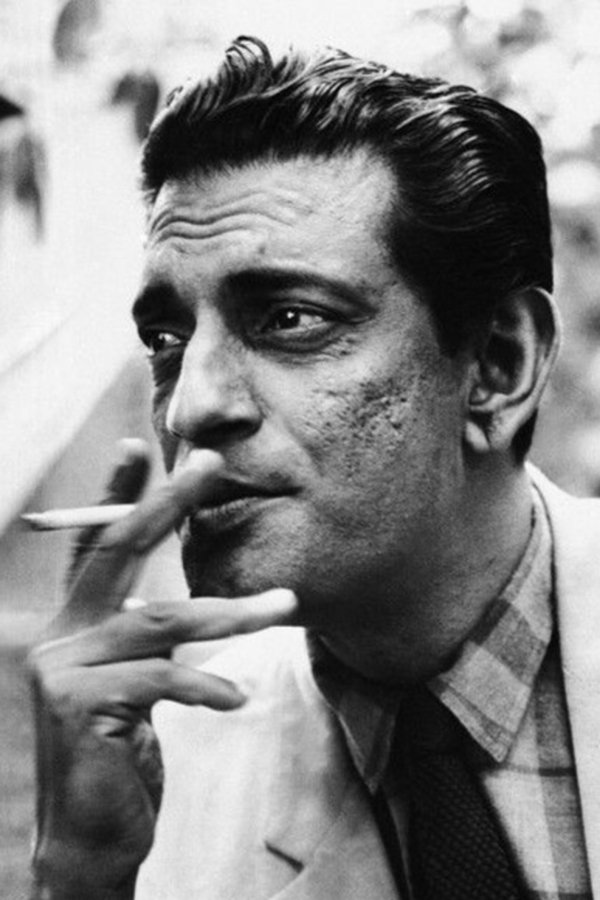
Satyajit Ray
Director

Satyajit Ray
Director
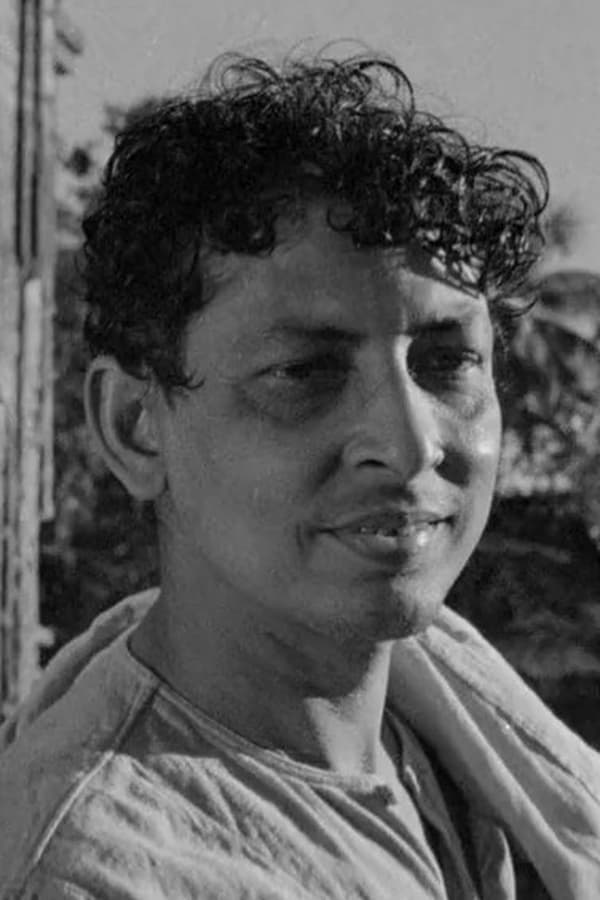
Kanu Bannerjee
Harihar Ray

Karuna Banerjee
Sarbojaya Ray
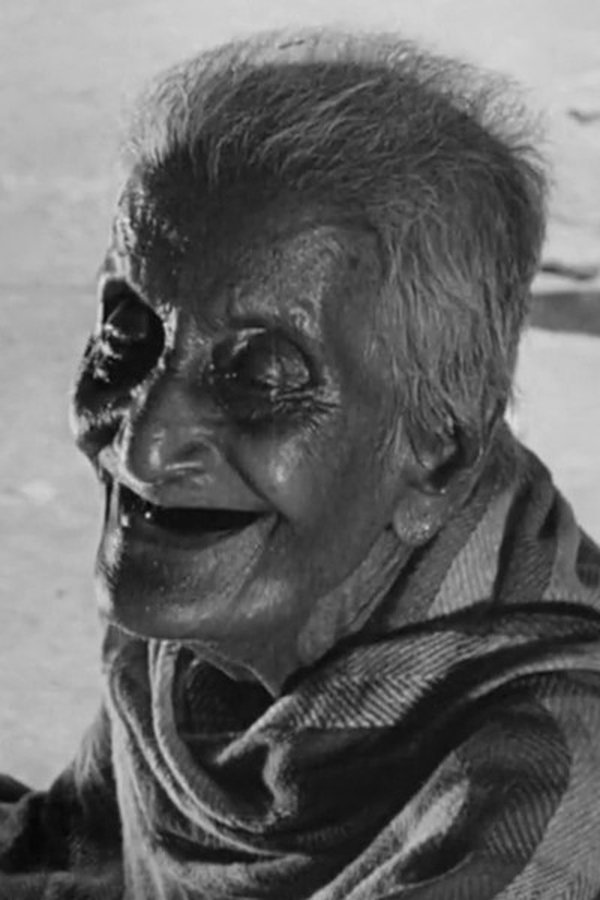
Chunibala Devi
Indir Thakrun

Uma Das Gupta
Durga Ray
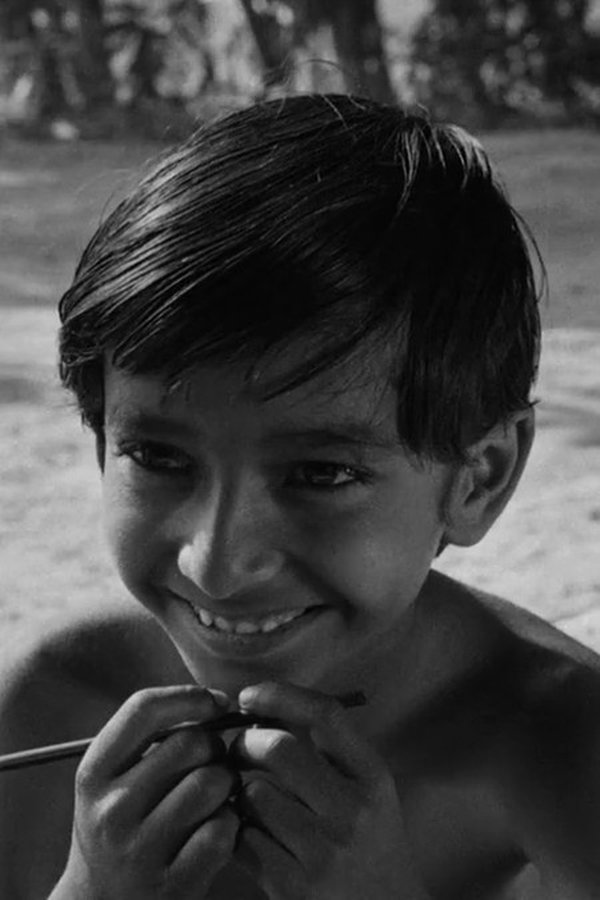
Subir Banerjee
Apurba "Apu" Kumar Ray
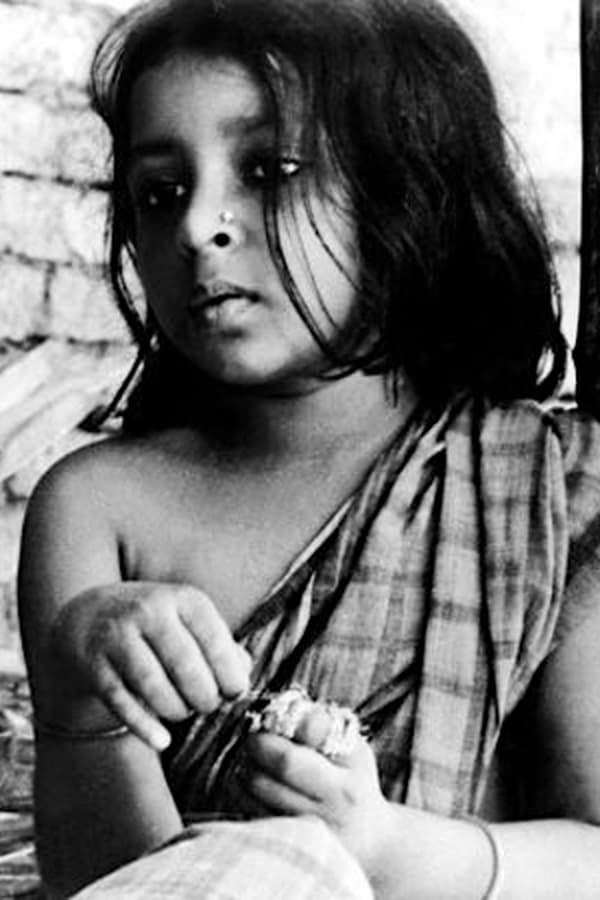
Runki Banerjee
Little Durga Ray

Reba Devi
Seja Thakrun
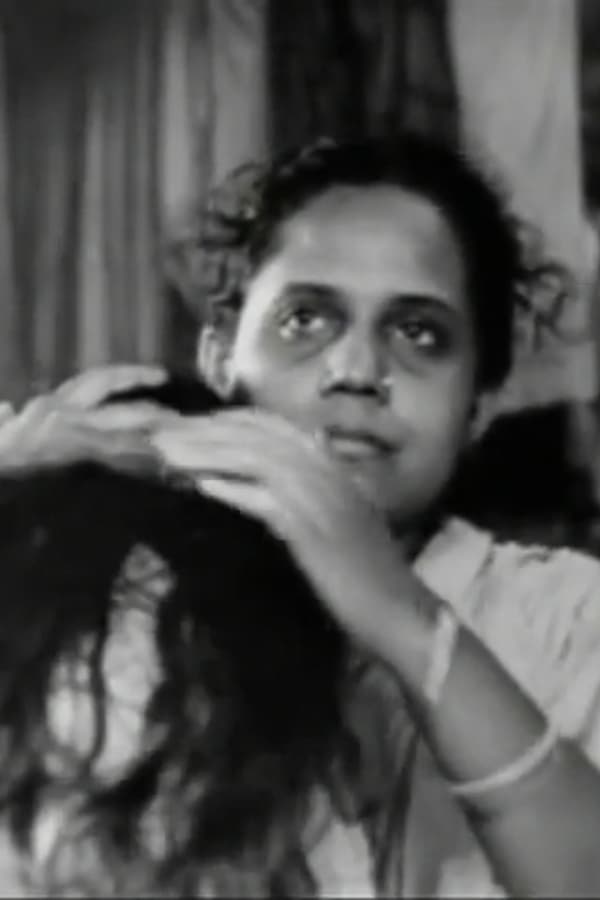
Aparna Devi
Nilmoni's wife
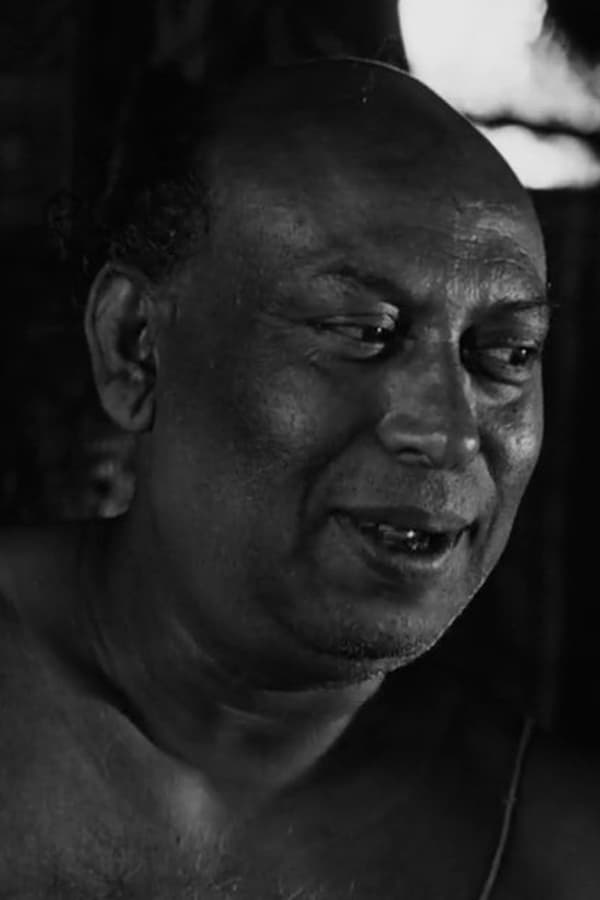
Tulsi Chakraborty
Prasanna, school teacher

Haren Banerjee
Chinibas, Sweet-seller

Rampada Das
The fun tricks used in the production design and lighting read extremely well on-screen but hardly fulfill their purpose of trying to inject glamour into a lack-luster story with nothing to say.
Amsterdam is a confusing movie with a meandering plot amidst a beautiful rendering of 1930s New York
'Uprooted' is a short film on what's happening in Ukraine as of today. This captures the emotions of the Russian invasion of Ukraine.



